I haven’t yet had much opportunity to venture into the Chinese countryside. After our anniversary trip to Moganshan a few weeks ago, I’ve decided we must do this more often. With the industrialization of many Chinese cities, escape to a more natural and serene setting isn’t just a nice, leisurely thing to do — it’s almost a necessary measure to restore your sanity and replenish your oxygen supply! :)
Moganshan, being about three hours outside of Shanghai and a little over an hour outside of Hangzhou, has served as an escape from city life for over a century to all kinds of people, from foreign missionaries to Shanghai mobsters and even to Chang Kai-Shek and Mao Zedong! It’s not hard to see why…
Given that our trip was a bit of a last-minute idea, many of the properties here were booked, but we were able to get an “earth hut” at Naked Stables, an eco-resort run by a company called Naked Retreats, which also runs a property of restored farmhouses called Naked Home Village (also based on ecologically sustainable principles).
I loved the earth huts! They’re made of cement and compacted earth, and the architecture is inspired by African rondavels (the founder is South African). Many of them sit on hillsides, so they almost feel like treehouses.
There are also some pretty crazy villas at Naked Stables available for short stays or even for sale!
During our time at Moganshan we also got to sample some of the foods cooked at Naked Stables. Naked boasts ingredients sourced from either their own organic farm or directly from the producer (local whenever possible). Not every dish was amazing, and obviously we only sampled a small selection of what they had, but there were a few standouts, including a hand-pulled noodle soup where I thought the highlight was the giant crispy bamboo shoots. They also serve a great burger, which is hard to find over here!
I actually would’ve liked to check out the Naked Home Village, as it is made up of the original farmhouses of an actual village that the founder stumbled upon. It’s further up the mountain and so is more remote. And given the history of the structures, it seems to retain more of the original feel of the locale. Each house in the Home Village is also assigned an ayi (housekeeper) who cooks local dishes that many reviewers have said good things about. About half of the farmhouses are also meant for larger groups, so it seems like a fun place to go for a family reunion or church retreat or even just a gathering of friends. Each of these farmhouses has its own kitchen, so you also have the option of cooking your own meals, whether with ingredients you bring yourself or DIY meal sets purchased there.
I also had the chance to take some walks around the area, which I thoroughly enjoyed. I came upon rice paddies, tea plantations, bamboo groves, corn fields, and running streams. It was breathtaking. And I didn’t encounter a single person!
Our stay was definitely a respite from city life. And I was not the only one who had a nice time. :)

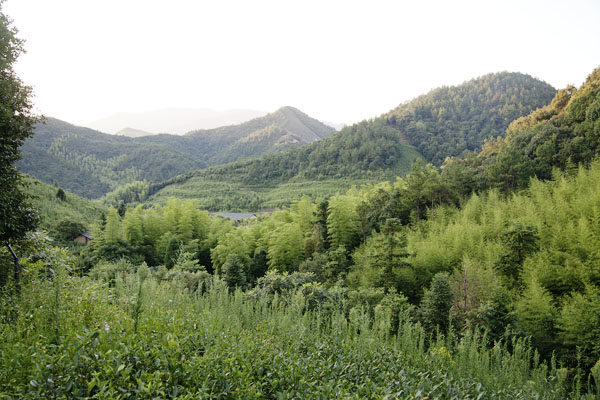
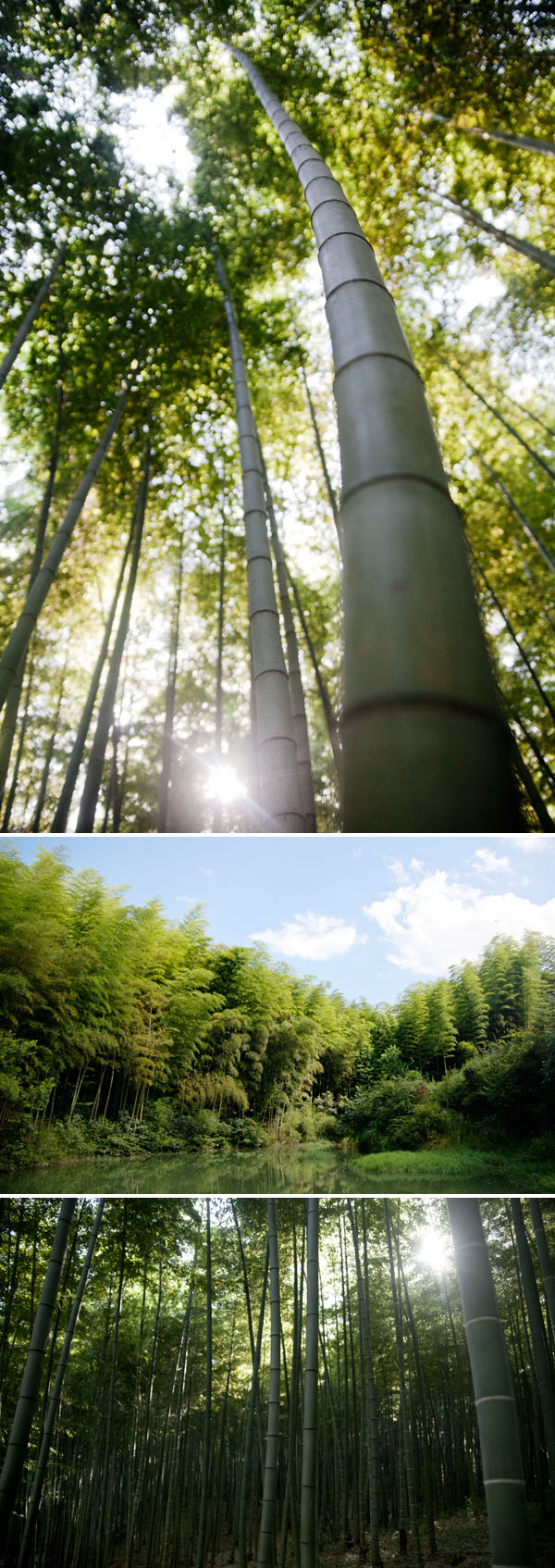







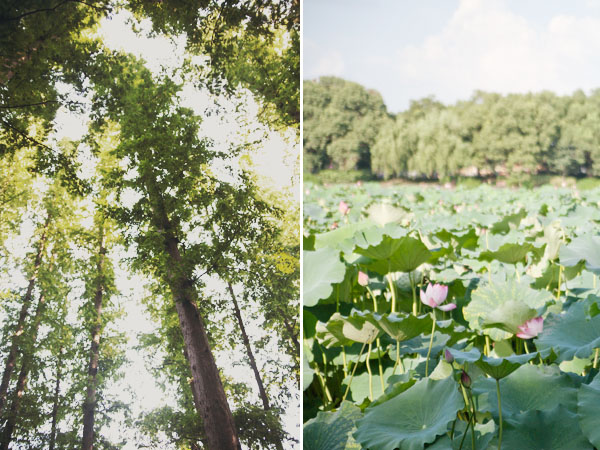





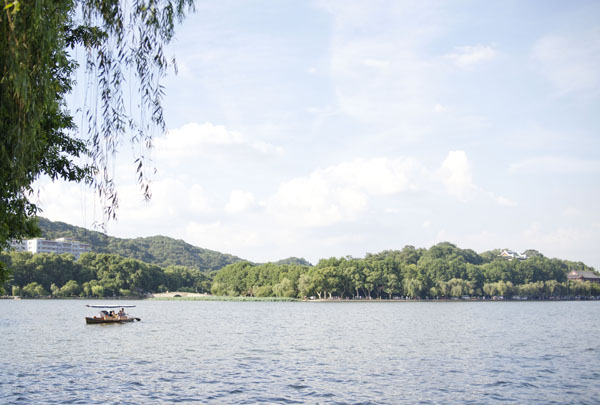








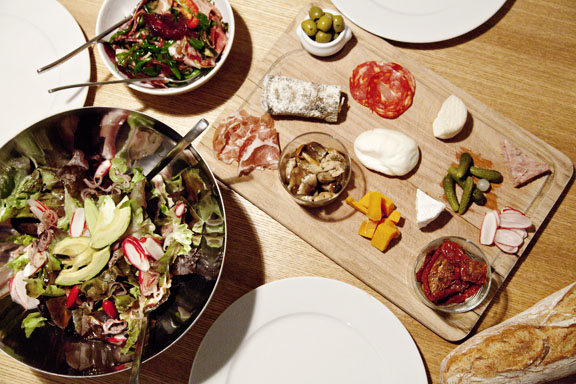


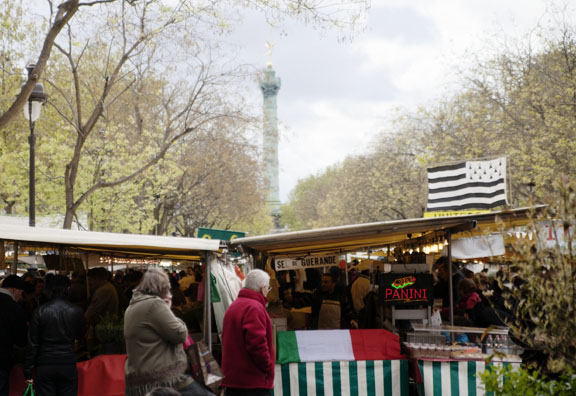


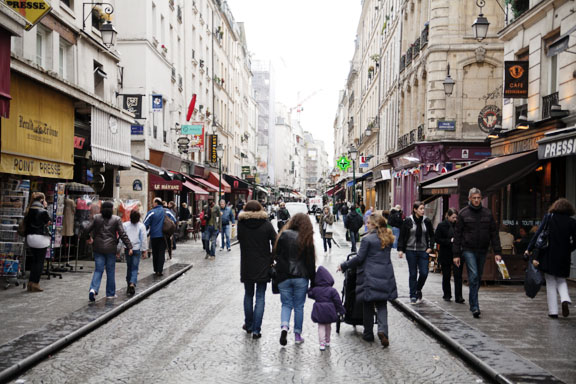



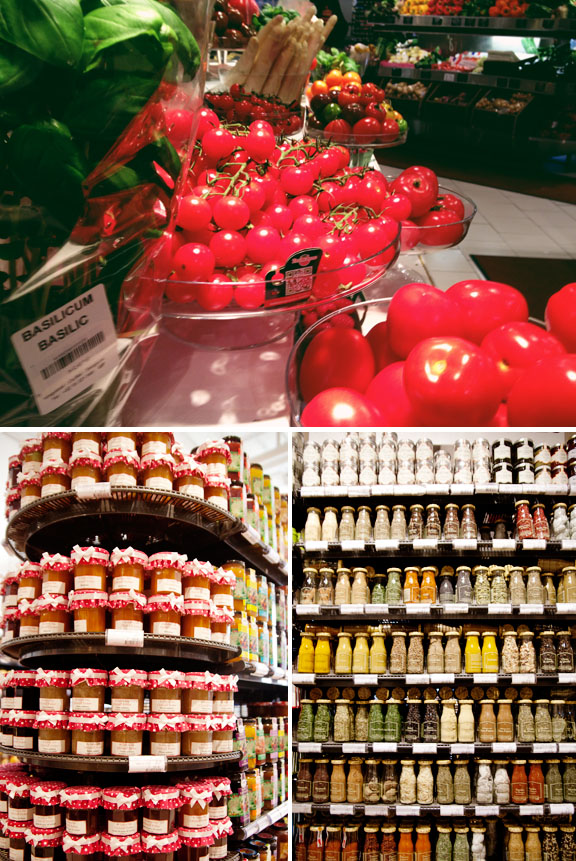









Connect with us